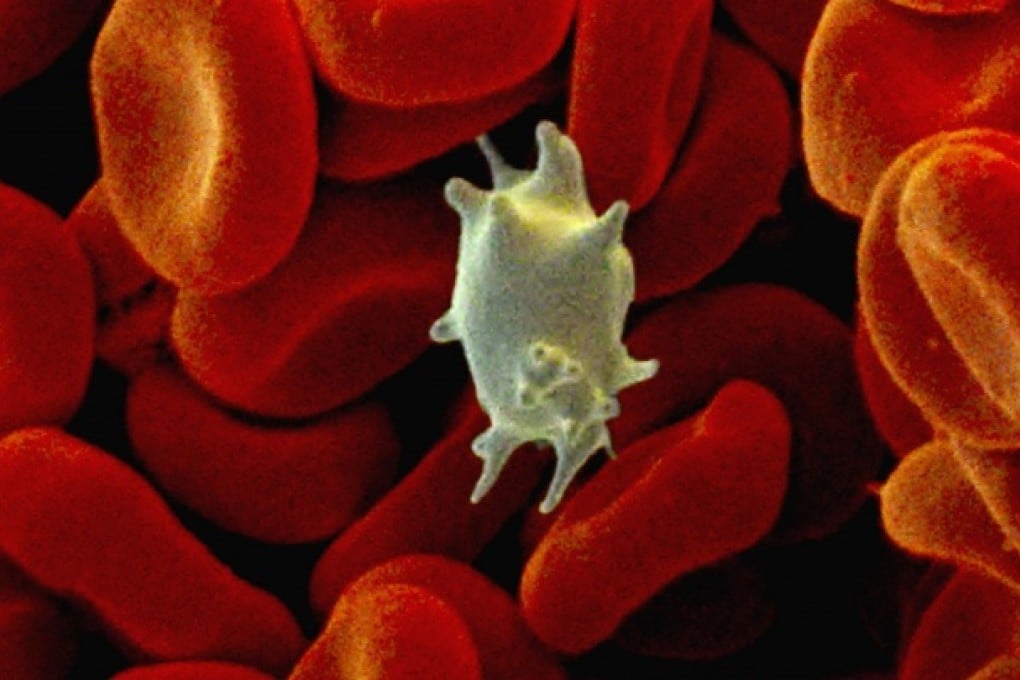Those with a low platelet count benefit from a healthy diet
Certain foods such as leafy green vegetables could be just what the doctor ordered

Thrombocytes or platelets are colourless blood cells that assist in blood clotting by forming plugs in blood vessel holes. A healthy person has between 150,000 to 400,000 platelets per microlitre of blood.
However, chemotherapy, radiotherapy, dengue fever, chronic hepatitis, viral infection or imbalances in the immune system can cause a sub-normal platelet count.
The telltale signs of thrombocytopenia are easy or excessive bruising, superficial bleeding into the skin that appears as a reddish-purple rash, prolonged bleeding from cuts, spontaneous bleeding from the gums or nose, blood in urine or stools, or profuse bleeding during surgery or after dental work.
"When people develop low platelets, it is often because the body develops an immune response to platelets. When this happens, we usually prescribe a steroid, which is an immune suppressant and anti-inflammatory medication. So theoretically, an anti-inflammatory diet should be helpful in supporting one's immune system," says Dr Sunita Mishra, medical director for Clinical Innovation and Care Delivery, Swedish Medical Group in Seattle, Washington.
However, Mishra says she isn't aware of any studies that have looked at the clinical response of using antioxidants and an anti-inflammatory diet to treat thrombocytopenia.
Since the average lifespan of each platelet is around 10 days, the body needs to constantly keep up the production of new platelets. These are made in the bone marrow.